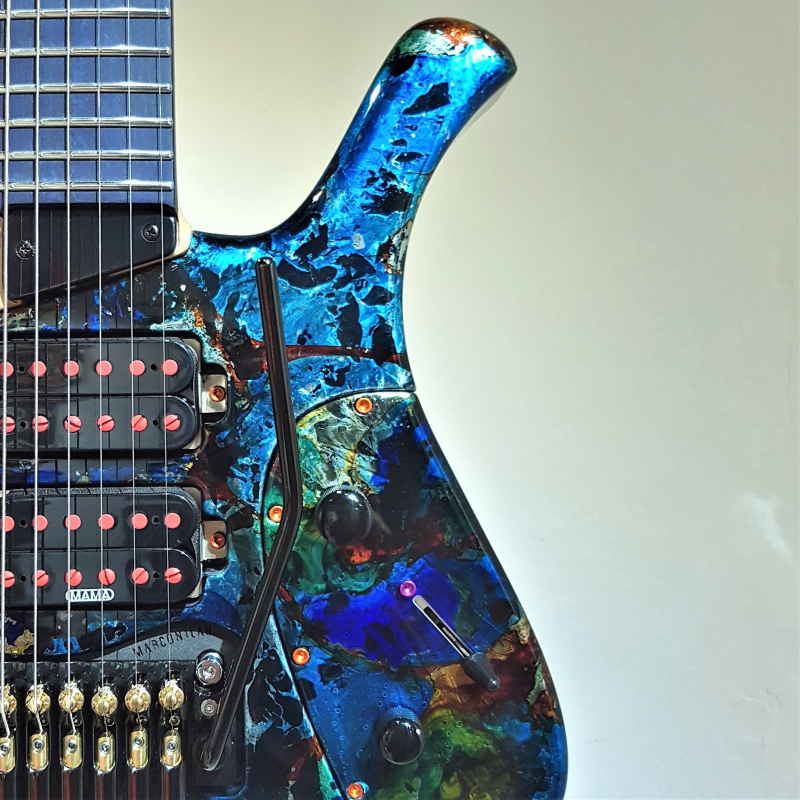

The typical mode of failure is channel clogging, which is remedied by ashing at 500☌ for 3 h and reapplying the Hjerten coating.


A single coating of the chip can be reused on average for 10 sequencing runs. Following sequencing, the chip is purged of the sieving matrix by using the same high pressure loading device with a 4,100 kPa, 10-min water-flushing cycle. Electrophoretic analysis is complete in 24 min. The separation electric field strength is then raised to 240 V/cm, and the sample and waste reservoirs are floated for the remainder of the analysis. The plug defined by the 250-μm intersection is driven down the separation column at 200 V/cm while a back-biasing electric field of 200 V/cm is applied at the sample and waste reservoirs to withdraw excess sample and prevent leakage from the reservoirs onto the column. During this period, the anode and cathode reservoirs are floated. The sample is injected electrophoretically from the sample reservoir to the injection intersection at 500 V/cm for 60 s. Concentric PMMA rings (3 mm high by 2 mm thick in cross section) defining large, common, moat-like 3-ml buffer reservoirs for the cathode and waste wells were affixed to the MCP with a silicone-based adhesive. The finished microchannel network was coated according to a modified Hjerten procedure ( 22). The microchannels were enclosed by thermal compression bonding of a blank wafer to the etched and drilled channel plate. The wafers were then cleaned, and the remaining silicon was removed by reactive ion etching. The 193 fluidic access ports (1.5-mm diameter) were diamond-drilled into the etched wafers by using a CNC mill. After etching, the photoresist was removed by oxygen plasma ashing. Formation of the channels was accomplished by isotropic wet chemical etching of the exposed glass in concentrated HF for ∼4 min, resulting in a channel depth of ∼30 μm. After developing, the pattern was transferred to the silicon film by reactive ion etching with SF 6 plasma. A spin-coated film of photoresist (S1818, Shipley, Marlborough, MA) was exposed to UV light through a photomask in a contact printer. Borofloat glass wafers (150 mm diameter Schott, Yonkers, NY) were coated with a 2,000-Å film of silicon. The microfabrication protocols for the 150-mm diameter substrates are similar to those previously described ( 17). The unique capabilities of μCAE technology should make it the next generation, high performance DNA sequencing platform. Additionally, this system permits lower reagent volumes and lower sample concentrations, and it presents numerous possibilities for integrated sample preparation and handling. The μCAE system demonstrated here produces sequencing data at a rate of 1.7 kbp/min, a 5-fold increase over current commercial capillary array electrophoresis technology. Phred quality values were found to exceed 40 (0.01% probability of incorrectly calling a base) for over 80% of the read length. DNA sequencing data from 95 successful lanes out of 96 lanes run in parallel were batch-processed with basefinder, producing an average read length of 430 bp (phred q ≥ 20). Expanded common buffer chambers for the cathode, anode, and waste reservoirs are used to simplify electrode addressing and to counteract buffering capacity depletion arising from the high electrophoretic current. The microchannel plate features a novel injector for uniform sieving matrix loading as well as high resolution, tapered turns that provide an effective separation length of 15.9 cm on a compact 150-mm diameter wafer. High throughput DNA sequencing has been performed by using a microfabricated 96-channel radial capillary array electrophoresis (μCAE) microchannel plate detected by a 4-color rotary confocal fluorescence scanner.


 0 kommentar(er)
0 kommentar(er)
